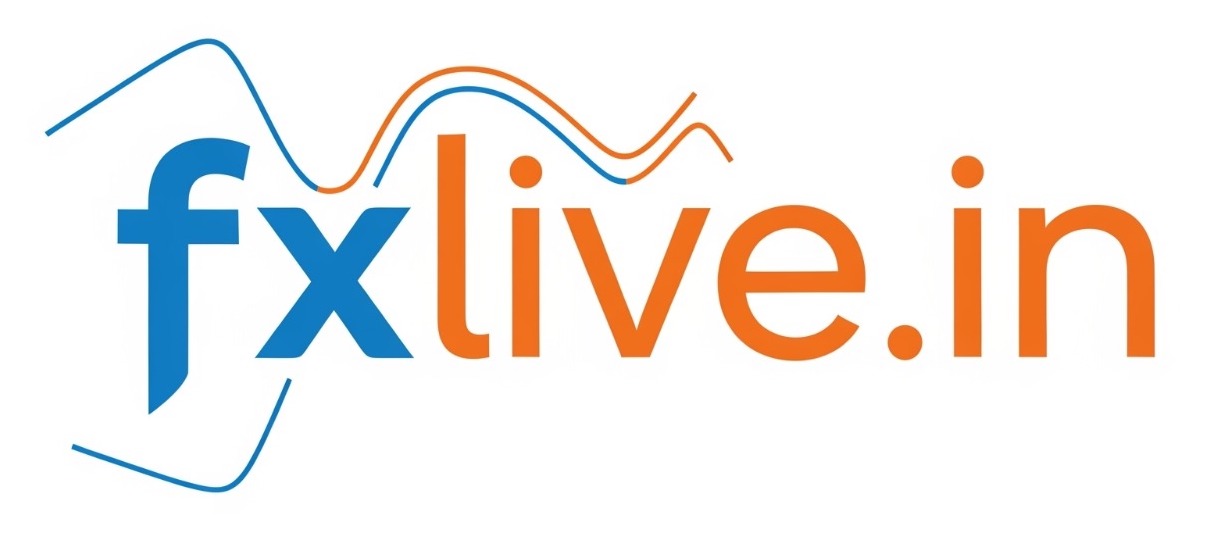Jai Siya Ram
What is JioBlackRock Flexi Cap Fund
- Issuer / AMC: Jio BlackRock Mutual Fund — a joint venture between Jio Financial Services (part of Mukesh Ambani’s Reliance) and BlackRock.
- Type: Active equity flexi-cap mutual fund. That means it can invest across large-cap, mid-cap, and small-cap stocks and can shift the mix depending on market conditions.
- Objective: Long-term capital appreciation. The fund aims to use a systematic approach combining data/AI signals (from BlackRock’s systems, including Aladdin platform), plus human management.
Key Features & Strategy
| Aspect | Details |
|---|---|
| NFO (New Fund Offer) | Opens: 23 September 2025, Closes: 7 October 2025. After allotment, the scheme will reopen for continuous subscription & repurchase. |
| Allocation | Equity & Equity-related: 65-100%; Debt/Money Market: up to 35%; REITs & InvITs: up to 10%. |
| Benchmark | Nifty 500 Total Return Index (TRI) is the comparison benchmark. |
| Management | Managed by Tanvi Kacheria and Sahil Chaudhary. |
| Expense Ratio (TER) | Up to 2.25% as per regulation in the Draft/Scheme docs. |
| Minimum Investment | ₹500 for SIP or lumpsum; for SIP, multiples of Re 1 thereafter, with minimum of six installments. |
| Plan / Option | Only Direct Plan – Growth Option is offered. No exit load as per the NFO documents. |
What Makes It Different / Strengths
- Tech + Human Hybrid Strategy: Uses BlackRock’s Aladdin platform + signal research scores + data/AI + human fund management to pick stocks. The idea is to reduce behavioral bias and use more quantitative insights.
- Flexibility across market caps: Since it’s a flexi-cap fund, it can shift between small/mid/large caps depending on what’s favorable. Good for capturing growth in smaller companies when conditions are right, while reducing risk by leaning large‐caps when needed.
- Diversification: With allocations allowed into REITs/InvITs (real estate/infrastructure trusts), money market/debt components, it has tools to moderate volatility.
Risks & Things to Be Careful About
- High risk and volatility: Because a large portion (65-100%) is equity, it is exposed to stock market ups and downs, especially mid/small caps. Short-term performance could be very choppy.
- Expense Ratio is on the higher side: Up to 2.25% is relatively steep, which eats into returns. You’ll want to compare with other flexi-cap funds.
- No Exit Load during NFO is good, but after that the liquidity or structure might include standard terms. Always good to verify the SID (Scheme Information Document).
- Requires long investment horizon: To see meaningful returns and to smooth out volatility, one would need to stay invested for several years (at least 3-5 years or more).
Should You Consider It?
It might make sense if your goals are:
- You believe in India’s long-term growth story and want exposure to broader equity markets (not just large caps).
- You are okay with moderate to high risk, and you won’t need the money for a few years.
- You prefer funds that use quantitative/AI/data plus traditional analysis.
- You want to diversify (REITs/InvITs/different caps).
If you’re more risk-averse, prefer stability, or closer to needing the funds, then large-cap or balanced funds might suit you better.

